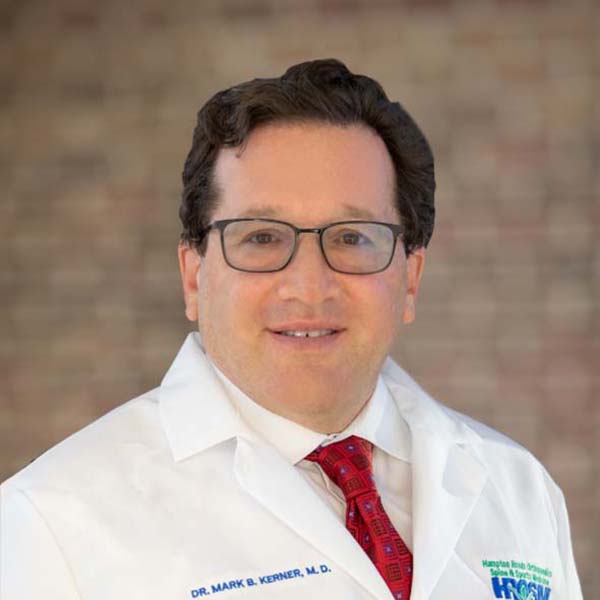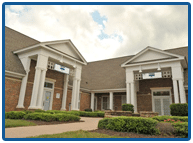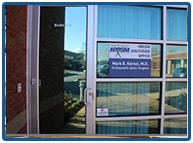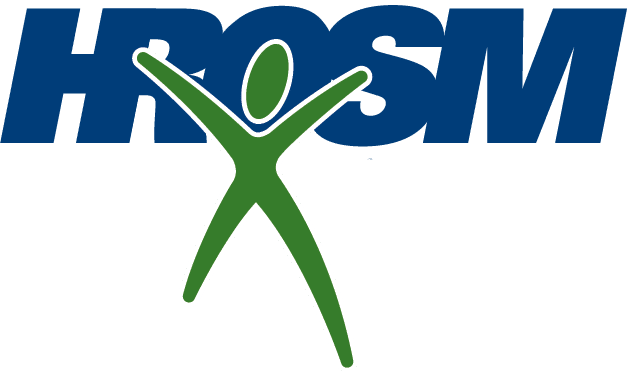SPINE CARE SERVICES
Treatment and Rehabilitation of Spine Injuries in Virginia
The Spine Center of Hampton Roads Orthopaedics Spine & Sports Medicine is dedicated to individualized patient care emphasizing available treatment options to meet each patient’s specific needs. We take a team approach to the treatment and rehab of spine injuries. Our spine specialist team consists of highly-trained orthopaedic and interventional pain management physicians, specialized physical therapists and spine diagnostics testing at our state-of-the-art Open Multi-Positional MRI Center.
TREATMENT OPTIONS FOR SPINE INJURIES
Hampton Roads Orthopaedics Spine & Sports Medicine in Hampton Roads, VA offers a variety of treatment options for spine injuries. Depending on your individual needs, our experienced providers may recommend a multi-faceted approach to treatment, combining some of the following treatment options:
- Advanced physical therapy
- Non-surgical treatments
- Pain management injections and other minimally invasive procedures
- Surgical options, when appropriate
MEET OUR SPINE CARE SPECIALISTS
SURGICAL SPINE PROCEDURES
Our surgeons are experienced in performing a variety of surgical spine procedures and have helped countless patients overcome their back pain and get back to doing the things that they love. We ensure that our patients feel supported through every step of the surgical process, from preparation to recovery, and receive great spine care. For more information about our surgeries, see our surgery guide. Our surgical spine procedures include:
MINIMALLY-INVASIVE SPINE PROCEDURES
In addition to surgical procedures, our team at Hampton Roads Orthopaedics Spine & Sports Medicine offers minimally-invasive procedures. These spine care procedures include:








